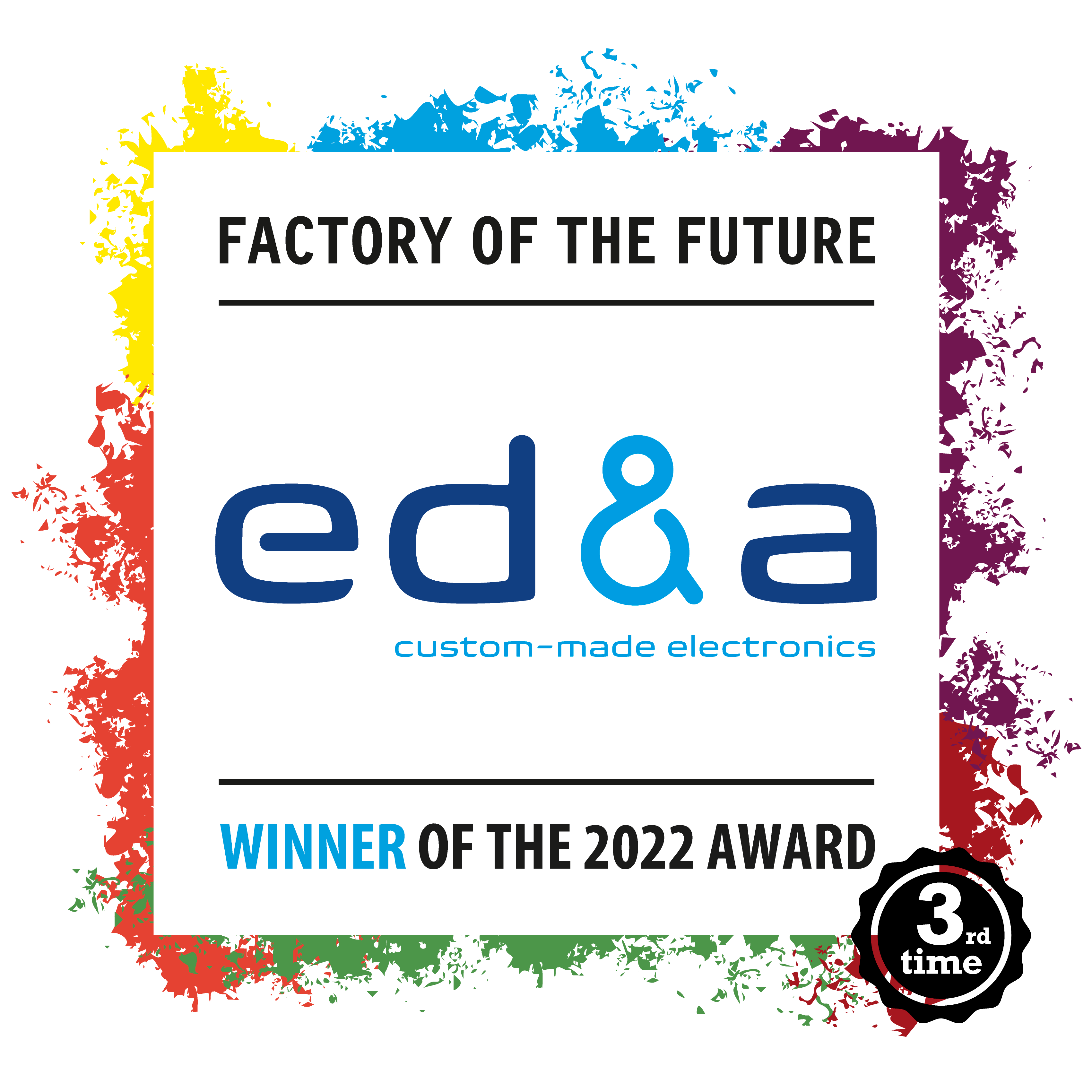Wireless charging applied to development of new control unit
Wireless charging has been around for a while, although we do not immediately think about it. Think, for example, of the charging station for an electric toothbrush. For consumer applications, 'wireless charging' has gradually become commonplace and its use in industrial and automotive applications can therefore no longer be ignored. At this moment, E.D.&A. is applying wireless charging to a new development of a control unit with touch display.
What does wireless charging mean and how does it work?
Wireless charging' basically means charging a device battery without using cables. This wireless energy transfer can be done in two ways:
- on the one hand by means of radio waves;
- on the other hand by means of an electromagnetic coupling.
Wireless charging via radio waves vs. electromagnetic coupling
If the energy is transferred by radio waves, one can bridge longer distances (several metres) between the transmitter (charging station) and the charger (charging station). However, we do have to deal with the limitations on the maximum permitted transmitted power (legal regulations).
In the case of wireless charging via an electromagnetic coupling, this distance is limited to a few centimetres, but large capacities can be transmitted. There are several standards for both methods, of which the Qi standard is the best known and is used to charge smartphones and tablets.
This Qi standard is based on an electromagnetic coupling in which two coils function as a transmitter and receiver to facilitate the charging process. Before the charging process starts, a number of checks are carried out to ensure that the charging process can proceed efficiently, such as the so-called FOD (Foreign Object Detection).
Advantages and disadvantages of wireless energy transfer (wireless charging) for your application
Adding wireless charging to an application has several advantages. Besides the ease of use, the durability of the product increases because wear and tear caused by cable connections is excluded. Because of the contactless operation, the products are also easier to protect against, for example, water and dust.
Since the charging process is an extra subsystem, it requires extra parts, which implies an extra cost. The efficiency of the charging process is highly dependent on the positioning of the transmitter and receiver in relation to each other. Furthermore, the charging process will also require more energy in comparison to a classic charger with a cable.






